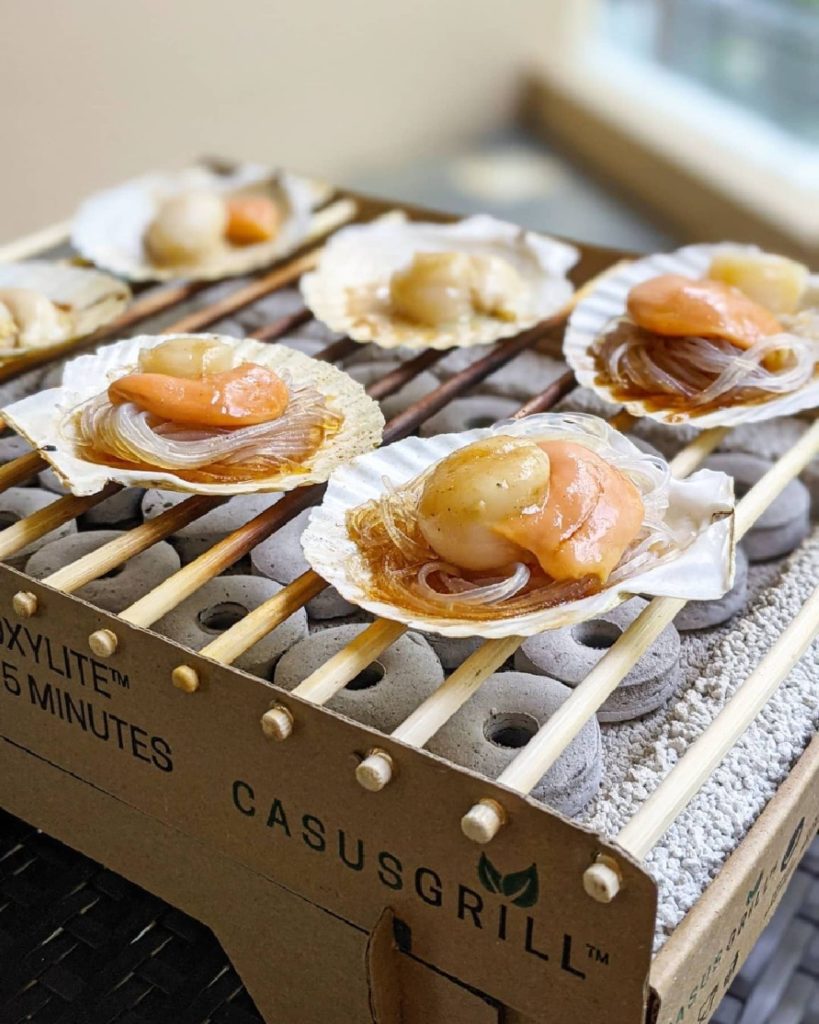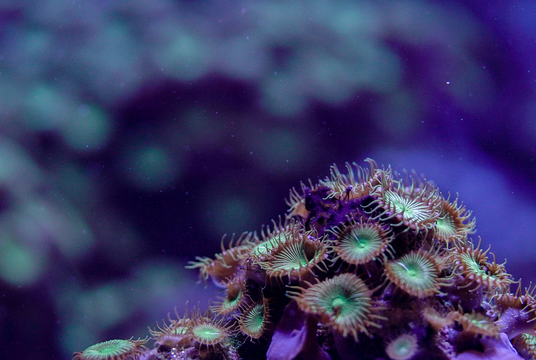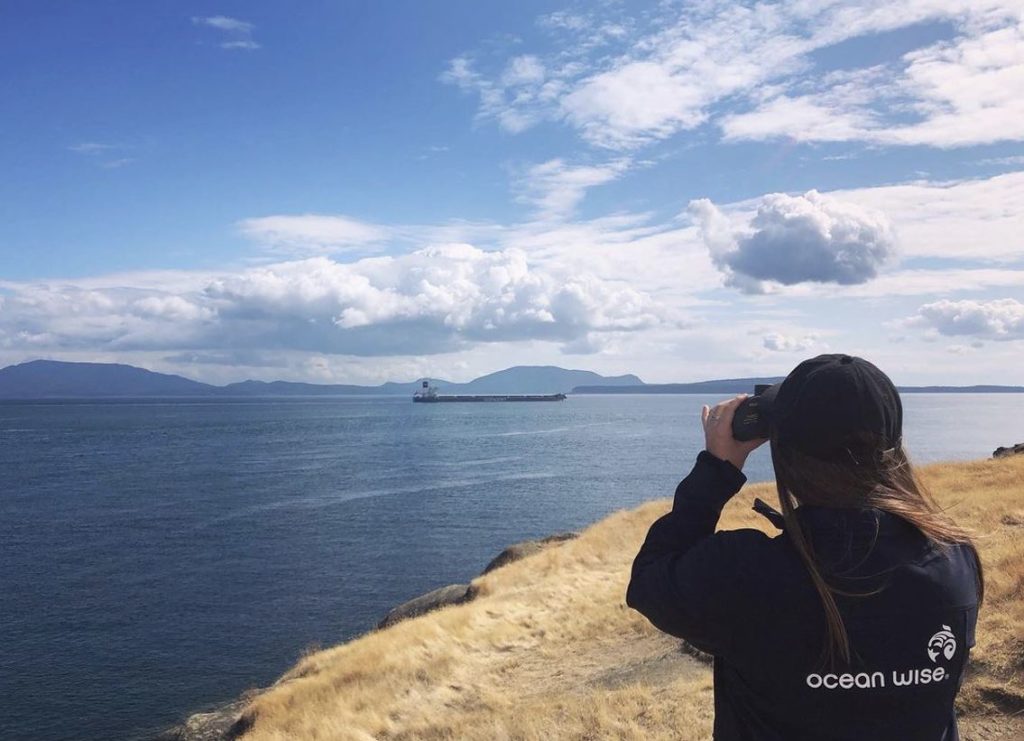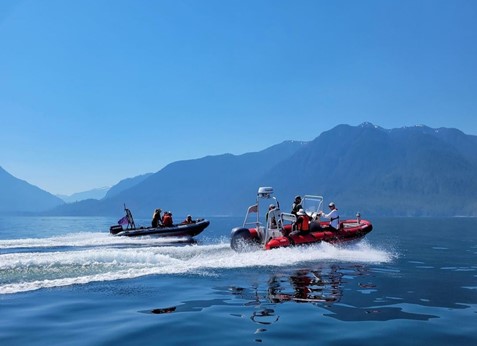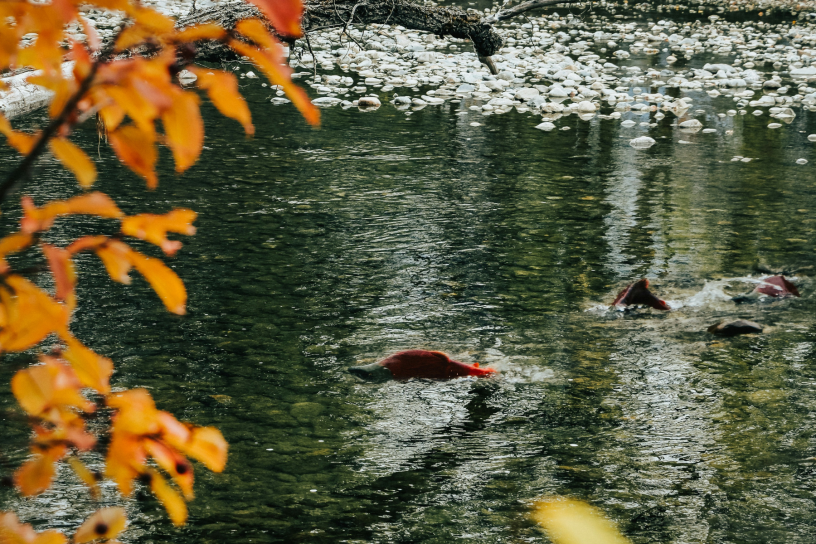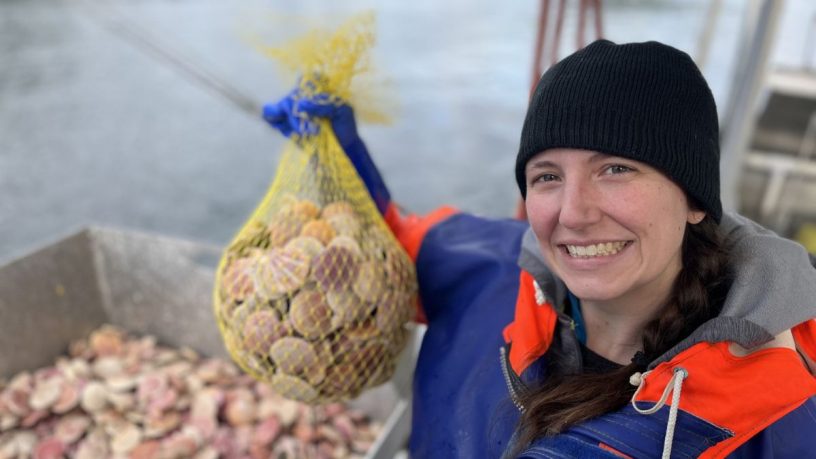
Shrimp, coronavirus, and top-down control
I’ve always been fond of a quote by John Muir, the American naturalist and conservationist, who eloquently asserted that, “when we try to pick out anything by itself, we find it hitched to everything else in the Universe.” This is true, as much in our own daily life and our connection to society as it is other environments. Although, historically, humans have not been great at inserting ourselves into the big picture. Instead, we often see ourselves as a species removed from the rest of life on Earth and it usually takes a large disturbance for us to realize both the complexity and strength of these connections and how deeply we are embedded within them.
Like many, I am getting weary of reading the daily death tolls as well as other people’s musings linked to COVID-19. So, I hesitate to add to the pile. Yet, the fact remains that 2020 has (likely) not gone as planned for any human on Earth— in some way, we are all getting used to new ways of living, working, parenting, and socializing as a result of this pandemic. And yet, we are embracing this new order. Slowly at first, and (some of us) begrudgingly, but by now pretty much everyone has realized that we’re all in it together and, by in large, most of us are doing our part to keep ourselves and others as safe as possible. Because we have no other choice. No one knows for certain when this will end and what the new version of life will look like once it does (will we do anything differently or will it back to business as usual?). But, even if we don’t change our behaviour too much as individuals, odds are there will be some pretty significant alterations in the ways in which healthcare systems, grocery and retail outlets, airlines, oil companies, etc. operate and plan for similar events in the future. And, although we can never predict all of the long-term consequences incurred by a disturbance like this, these top-down measures will of course affect us, directly and indirectly, depending on our unique life circumstances.
As a fisheries scientist, I think about ecological trends, management responses and shifts in policy a good deal. Admittedly, it might be the result of too many recent chats with my dog, but thinking of COVID the other day led me to thinking of northern shrimp. Yes, I know we are in the throes of a serious global pandemic and I just leapt abruptly from coronavirus to crustaceans. I can assure you I don’t take the former lightly—nor should anyone—but I also think that sometimes we need a bit of levity in times of adversity. (At least I’ve always found it to be useful.) So, if you’re curious about the link I just made, read on.
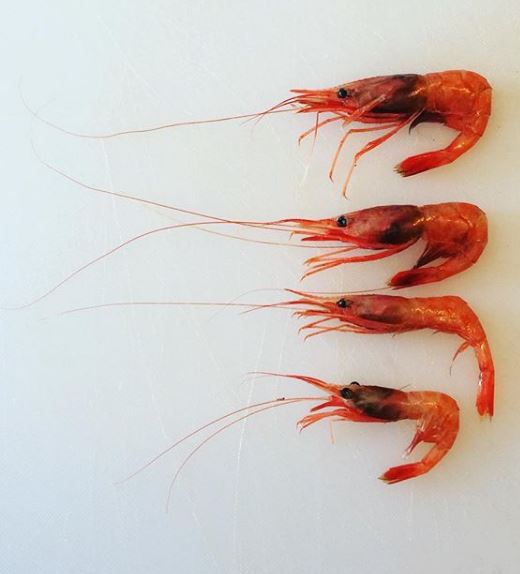
The east coast shrimp fishery is the third largest fishery in eastern Canada by volume. But this wasn’t always the case. Historically, shrimp were not the main target in Canadian waters. Why? Because they weren’t here in large enough volumes to make fishing profitable. What changed? The loss of their predators (or, scientifically: the removal of strong top-down control). It wasn’t until the collapse of the Atlantic cod stocks (i.e. fished populations) in the mid-1990s that shrimp (and other iconic east coast species, such as lobster) began increasing in abundance; this disruption in species composition fundamentally altered the ecosystem. In 2018, the annual catch of northern shrimp was over 83,000 t—four times that of Atlantic cod.
But what’s preventing us from overfishing shrimp the same way we did the cod? In part: weariness of making the same mistake twice. But there’s more to it too. Fisheries scientists now know more about shrimp than they did when cod were the main fishery target. They have learned over time that the abundance of shrimp is strongly linked with environmental conditions, such as temperature. They have also learned that northern shrimp are sequential hermaphrodites, which means that they begin life as male and then switch to female at around four years old. This means that one of the most important outputs of today’s fishery stock assessments is the biomass of reproductive females, not total biomass, since females are the ones in charge of ensuring a stable shrimp population (and, by extension, a sustainable fishery). This life history attribute necessitates proactive management of this species — responses must be immediate. Because scientists have learned all this, fisheries managers do their part by ensuring that the necessary policies (also known as harvest control rules) are in place to make sure this is the case. In practical terms, this means that when there is a declining trend in the number of males that have become female over a couple years, the annual catch quota is adjusted accordingly. And, because members of the fishing industry understand this and are on-board with management measures, everyone adheres to the quota because it gives the stock the best chance at recovering quickly.
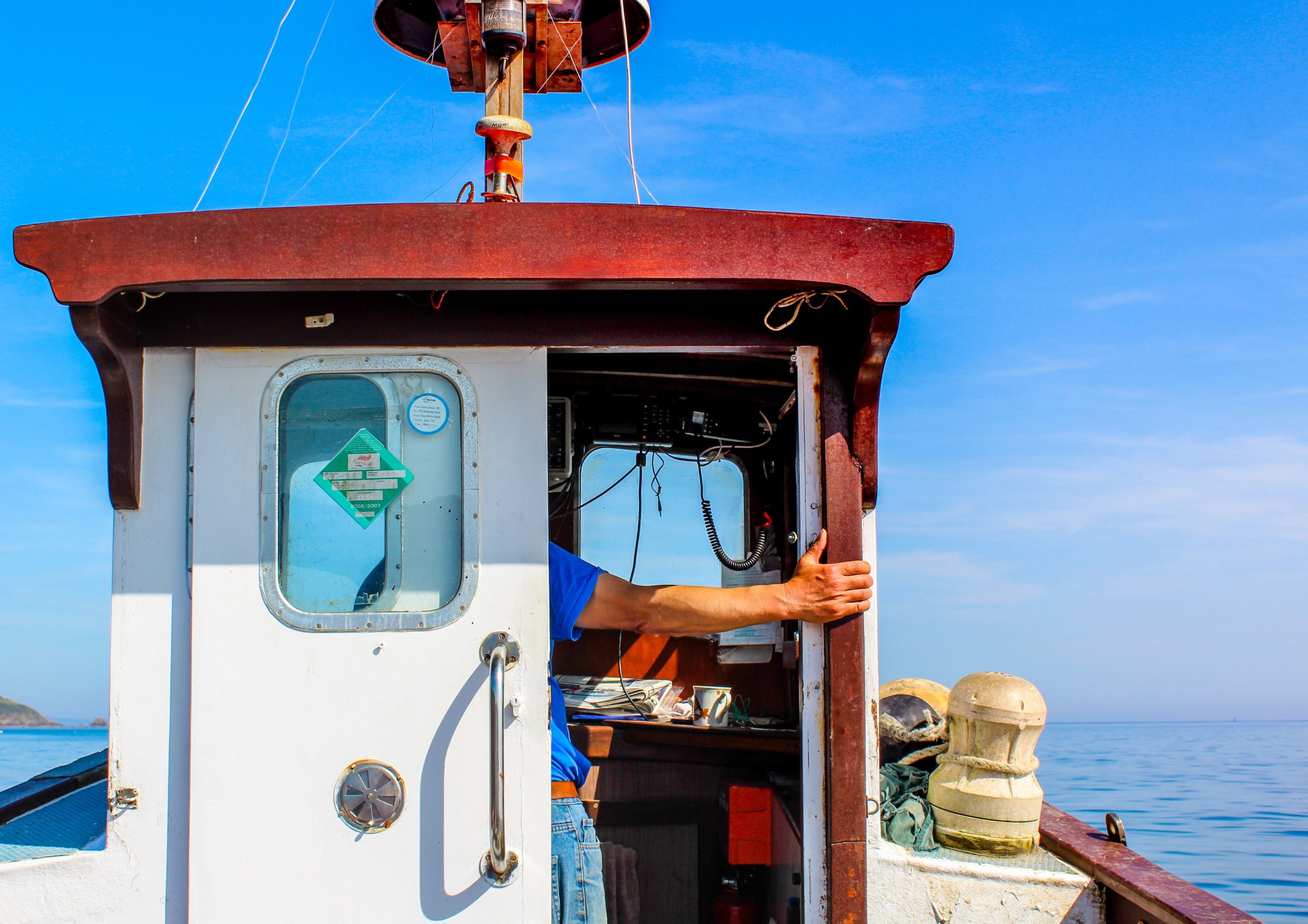
Yes, this is a nice sustainability story. But more than anything, when I think of the northern shrimp fishery, I am reminded that ensuring the long-term health of natural resources means understanding local conditions and deploying targeted responses based on biological information. Fishing policies that work in one location under a given situation may have little or no applicability elsewhere because environments and associated species interactions may differ. Furthermore, local human cultures, population demographics, and other socio-economic factors all play a role in designing and implementing fishing policies that are meaningful and effective. And, while it may come as no surprise to others, I have realized recently that the same holds true for global pandemics. Because as for all bacterial and viral illnesses that now have a vaccine or treatment, the more we know about how something behaves, the better we can manage it effectively in both time and space.
In the world of seafood, perhaps there is no group of species that receives more confusion around sustainability than shrimp. It is true that many coastal farming operations destroy mangroves and many wild capture fisheries have high bycatch. But, as with pretty much any industry, there are gentle and harmful ways of doing things—which means that there are some shrimp fisheries that have a lower impact on the environment than others. One case and point: the northern shrimp fishery operating in the Gulf of St Lawrence, which is recommended by our program.
Written by: Laurenne Schiller, PhD (in progress), Ocean Wise Seafood Research Analyst
Sources:
DFO. 2018. Assessment of Northern Shrimp stocks in the Estuary and Gulf of St. Lawrence in 2017. DFO Can. Sci. Advis. Sec. Sci. Advis. Rep. 2018/015.
DFO. 2018. Atlantic Coast commercial landings, by region. Zonal Interchange File Ottawa. Available online: https://www.dfo-mpo.gc.ca/stats/commercial/land-debarq/sea-maritimes/s2018aq-eng.htm
Worm B and Myers RA. 2003. Meta-analysis of cod-shrimp interactions reveals top-down control in oceanic food webs. Ecology, 84(1): 162-173.
Posted May 4, 2020 by Ocean Wise
